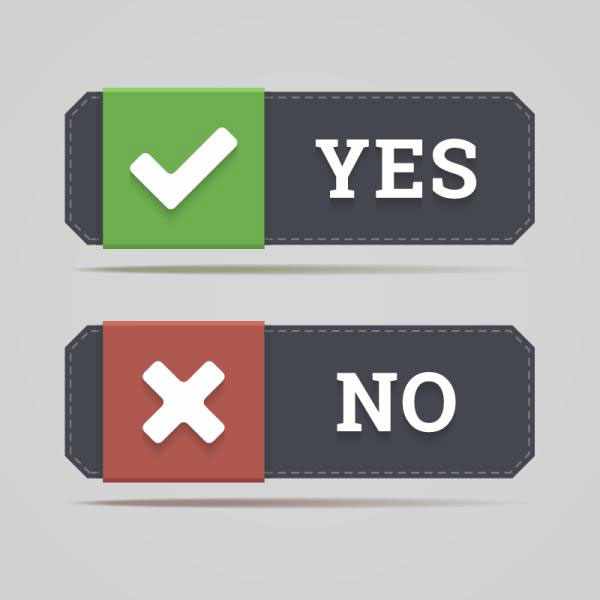The first major distinction to be made is how the way the partnership is structured affects the bottom line. The conventional wisdom is that a
allows the rainmaking equity partners to keep more of the ''pie'' to themselves. In other words, non-equity partners exist so that the profits of the firm can be split among a smaller pool of partners — typically those who are the ''major players'' in the firm. Presumably, a partner is more likely to promote only those lawyers who are contributing to the profitability of the firm, and the non-equity category exists so that there is no need to share profits with valuable, but less profitable, partners.
The evidence doesn't support the proposition that equity partners make more money in a two-tiered partnership. It appears that the firms that choose to have
. In his blog,
., Bruce MacEwen makes the convincing case that the most recent AmLaw statistics prove that profits per partner are inversely proportional to the percentage of non-equity partners a firm allows. In other words, firms with
(i.e., no non-equity partners) generally have the highest average revenue per lawyer.
A quick review of the 2008 AmLaw 100 reveals that the list of firms that remain single-tier partnerships is populated with many of the New York powerhouse ''white shoe'' firms (Cravath, Wachtell, and Sullivan & Cromwell to name three). These are the types of firms that we expect to see at the top of the revenue and profit statistics in any event. Despite the undeniable popularity of multiple tiers of partnership, it is those firms that are often viewed as the best in the business that are decidedly off-trend.
Why is it so trendy, then, to create non-equity partnership roles in firms? What are the considerations a
lateral partner candidate should make in evaluating a single-tier system versus multiple-layer partnerships?
We'll start by evaluating the single-tier system. If you are considering joining a firm with a single-tier partnership that is in the AmLaw 100, then the caliber of firm on your dance card likely speaks for itself. If you are being courted as a partner, then you are considering membership in an exclusive club. This in and of itself may compel you to join a single-tier partnership. Your partnership status is projecting that they have set the bar at the same height for all partners, giving the same gold seal to each. I recently asked the
managing partner of a firm why they hadn't changed to two-tiers, and he answered, quite surprised, because all of the partners at the firm had achieved at a remarkably high level in their careers. The partnership, he added, would settle for nothing less, and wouldn't consider any lawyer who couldn't pass muster under the more stringent standards for equity partnership.
In other words, there is no question how well you measure up as a partner in a single-tier partnership system. You have more than passed muster.
Take this ''single-tier'' view of the world — that a law firm should accept only the absolute best into its partnership, leaving no need for further classification. Combine it with the evidence that the remaining 20% of AmLaw 100 firms are indeed the most impressive profit centers. A conclusion, then, is that by staying as single-tier partnerships a certain ''elite''
category of firms is setting itself apart from the rest of the large law firm community.
The issue is, of course, more nuanced. There are elite firms that have decided to create two-tier partnership structures, so it is simply too facile to say that the nation's very top firms choose single partnership, while the rest bring in non-equity partners. Latham & Watkins and White & Case are two examples of premier firms with two-tiered partnerships. It can't, then, only be about prestige.
There are multiple advantages to the two-tier system.
Although some of the biggest money-making firms are single-tier partnerships, there are immensely profitable firms with two tiers of partnership. Indeed, the equity partners of those firms are able to promote associates to partner more freely without necessarily having to create another seat for an equity partner at the table. This may mean that two-tiered partnerships have more flexibility in rewarding (or not rewarding) partners based on whether they generate revenue for the firm. There are reasons for firms to keep partners in the firm based on their expertise, their management skills, or their potential for business development in the future — but those reasons may not justify an equity partnership.
Additionally, two levels of partnership allow some flexibility to move partners in and out of the equity category. While admittedly an unpopular tool, de-equitizing partners does allow a firm to directly reward revenue generators and remove those partners who can't justify their portion of the firm's profits. It allows a firm to give potential business developers the gravitas of the title to fuel their efforts in attracting business to the firm.
Sometimes lawyers prefer to be non-equity partners, and like having the flexibility of earning the title of partner without taking on the strain of producing revenue for the firm in the way
equity partners are expected to do. I have heard a great deal about how younger lawyers in law firms are statistically less interested in partnership than previous generations. Multi-tiered partnerships may be the first substantial step in defining the infrastructure of a more flexible law firm that can imagine lawyers serving in a variety of roles in the organization.
Although we now have far more partner-titled attorneys at
AmLaw 100 firms, the path to equity partner seems that much more elusive. Instead of being promoted from associate to partner, the trend seems to be moving an associate to non-equity partner, with equity partnership consideration down the road. We're gravitated from a seven- to eight-year track to something longer and less defined. Some non-equity partners fear being left in purgatory — they are satisfied with their title but uncertain of how or when they will make the next step.
Increasingly I am talking to partners looking for a new position because the two tiers in their own partnership lack transparency — and they want to move away from a partnership too bloated on the non-equity side. Thus, those firms going on-trend with multiple tiers of partners should do so with a concrete plan of why and when to use the partnership title for a non-equity role. Lawyers in the lateral market evaluating a two-tiered partnership should identify those firms that have not let the use of several tiers obscure the path to partnership and continue to define benchmarks for both the non-equity and equity roles.






